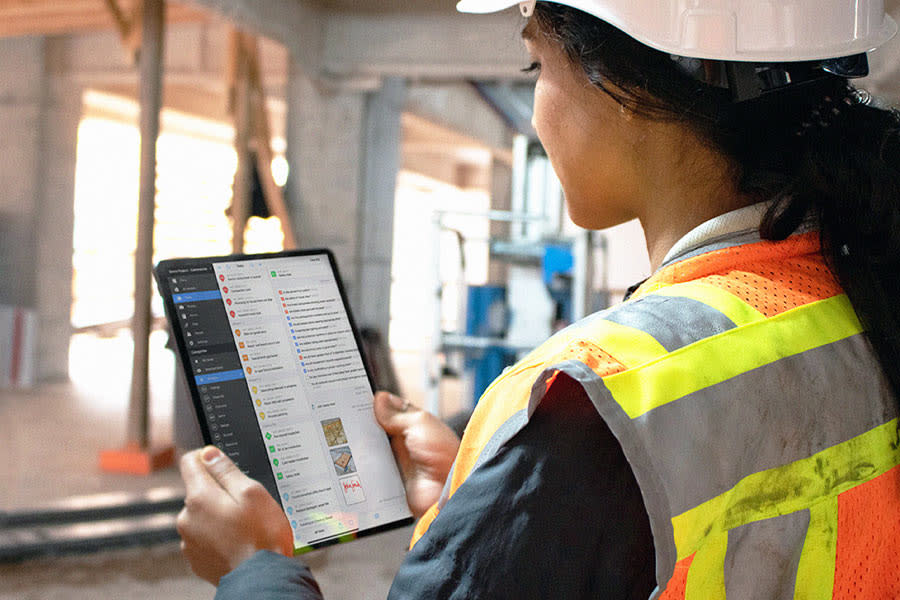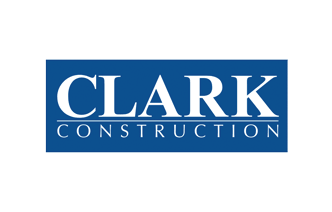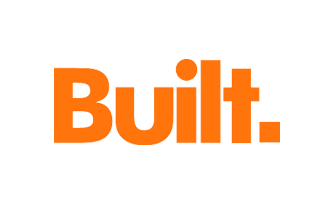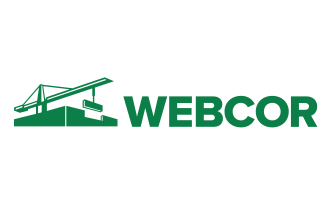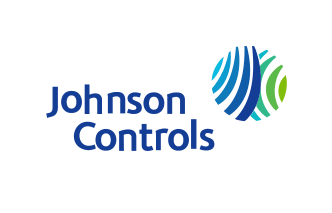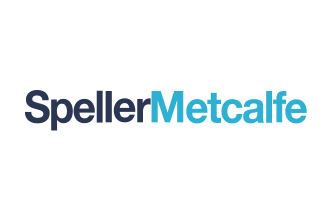The digital black hole impacting the construction industry
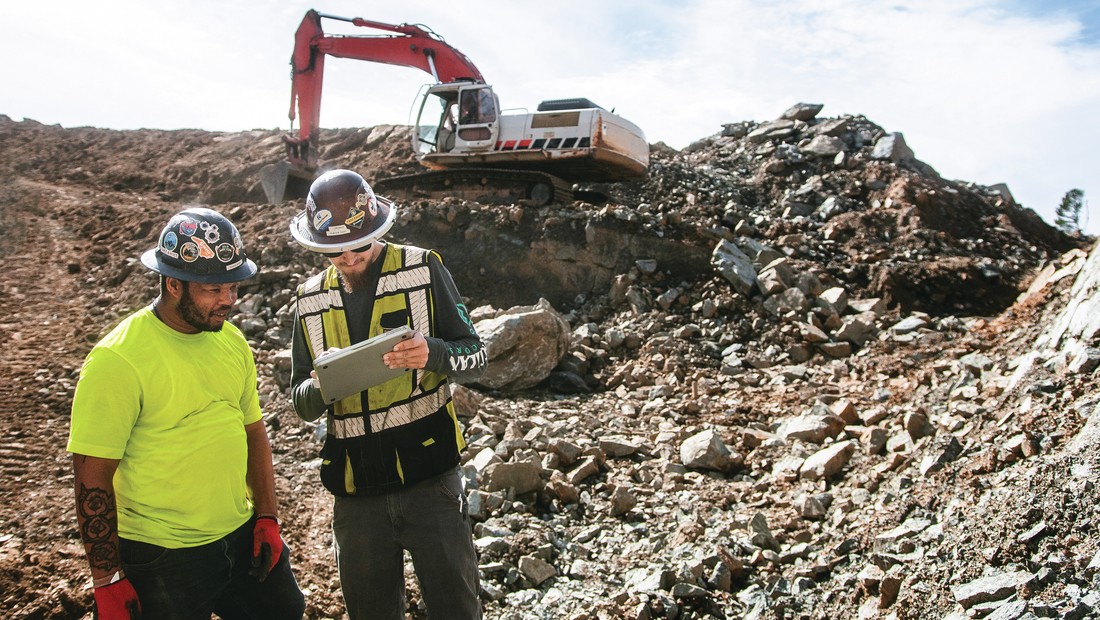
Let’s face it, for an industry that uses increasingly cutting-edge technology to execute their clients’ complex projects, companies in the construction industry still struggle to embrace tech that provides the same level of precision for the internal workings of their businesses.
In fact, the McKinsey Global Institute’s Industry Digitization Index, rated construction as the second LEAST digitized sector in the world. With relatively few construction companies digitizing their assets, business processes and working practices, a ‘digital black hole’ has formed in the construction industry. It’s a widespread problem that attributes to some of the inefficiencies that cause large projects to run on average 20% longer to finish than scheduled and up to 80% over budget.
Moreover, construction companies are spending an average of 90 hours each month searching for assets across construction sites. And yes, that can add up fast. One elevator company found that it was spending $200,000 USD annually in time and cost for asset management.
Top costs for a construction company
A construction company's top three expenditures:
- Labor
- Material and consumables
- Tools and equipment
They’re also the most difficult to manage – especially when using a patchwork of paper-based systems, sticky notes, and spreadsheets.
This way of working is neither transparent nor accountable, and it’s easy for asset management to become dependent on specific individuals – meaning it’s difficult and complex for anyone else to pick up the baton if a key person is out of the office.
Such systems also have negative cost and efficiency implications for managing both physical and administrative assets.
It’s no secret that labor costs and labor shortages in the construction industry are on an upward rise. One survey found that 80% of construction companies can’t find the workers they need. To combat this trend, firms need to improve jobsite performance and become even more productive.
Labor efficiency is the basis of most tender estimates, as well as the yardstick by which performance is measured and monitored. However, labor efficiency is very closely related to physical resources and ability in terms of knowledge and skills.
Advancements in technology are making management of labor productivity more predictable by exposing business inefficiencies. This can help improve planning and overall profitability.
Download the full white paper from Hilti about the lack of digitization in construction.

 Hilti, Inc. •
Hilti, Inc. • 